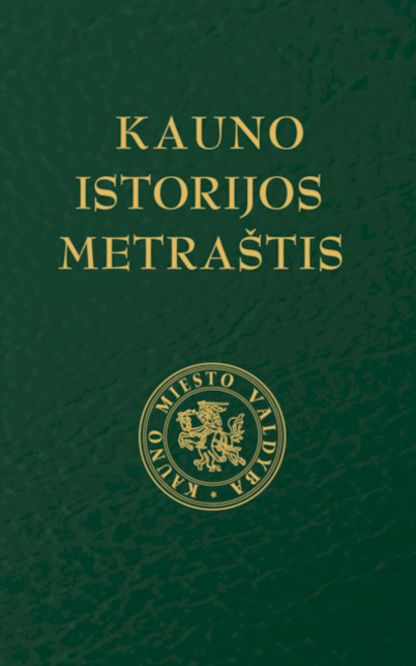Notes on the Work of Tomasz Kacper, the Architect
Notes on the Work of Tomasz Kacper, the Architect
Author(s): Aleksander StankiewiczSubject(s): History, Cultural history, Architecture, Local History / Microhistory, Modern Age, 17th Century
Published by: Vytauto Didžiojo Universitetas
Keywords: Tomasz Kacper; The Bernardine monesteries; Kretinga; Tytuvėnai; Kaunas;
Summary/Abstract: The churches erected in the first decades of the 17th century in the former Duchy of Samogitia, which was part of the Grand Duchy of Lithuania, are virtually absent from Polish scholarly discourse. They were not mentioned in Adam Miłobędzki’s monumental synthesis on the history of 17th-century architecture, nor in recent publications devoted to the enduring medieval forms in Central European architecture, even though their appearance might warrant such inclusion. In Lithuanian literature, meanwhile, they have not yet received an extended, critical analysis of their architectural form. Among these structures, the Bernardine churches in Kretinga and Tytuvėnai have attracted the greatest interest from researchers. These churches stand out for their craftsmanship and scale, comparable to the most significant early Baroque works from the first decades of the 17th century in Vilnius, yet are completely distinct from them. Particularly intriguing is the fact that – unusual for projects of this type from the former Polish-Lithuanian Commonwealth – their specific creator can be identified: Tomasz Kacper, or Kacperowicz, mentioned in sources from 1610 to 1645. The Bernardine monasteries and churches in Kretinga (circa 1609–1619) and Tytuvėnai (1619–1635), built by Tomasz Kacper, represent a distinctive style characteristic of architecture around 1600, combining elements derived from Gothic and Italianate architecture. The characteristic set of structural and decorative solutions employed in these buildings also highlights another significant yet under-discussed structure in the architecture of the Grand Duchy of Lithuania: the Bernardine convent and church in Kaunas (1624–1634). This article is dedicated to examining all three of these projects and situating them within the broader context of monastic and European architecture.
Journal: Kauno istorijos metraštis
- Issue Year: 2024
- Issue No: 22
- Page Range: 7-39
- Page Count: 33
- Language: English

